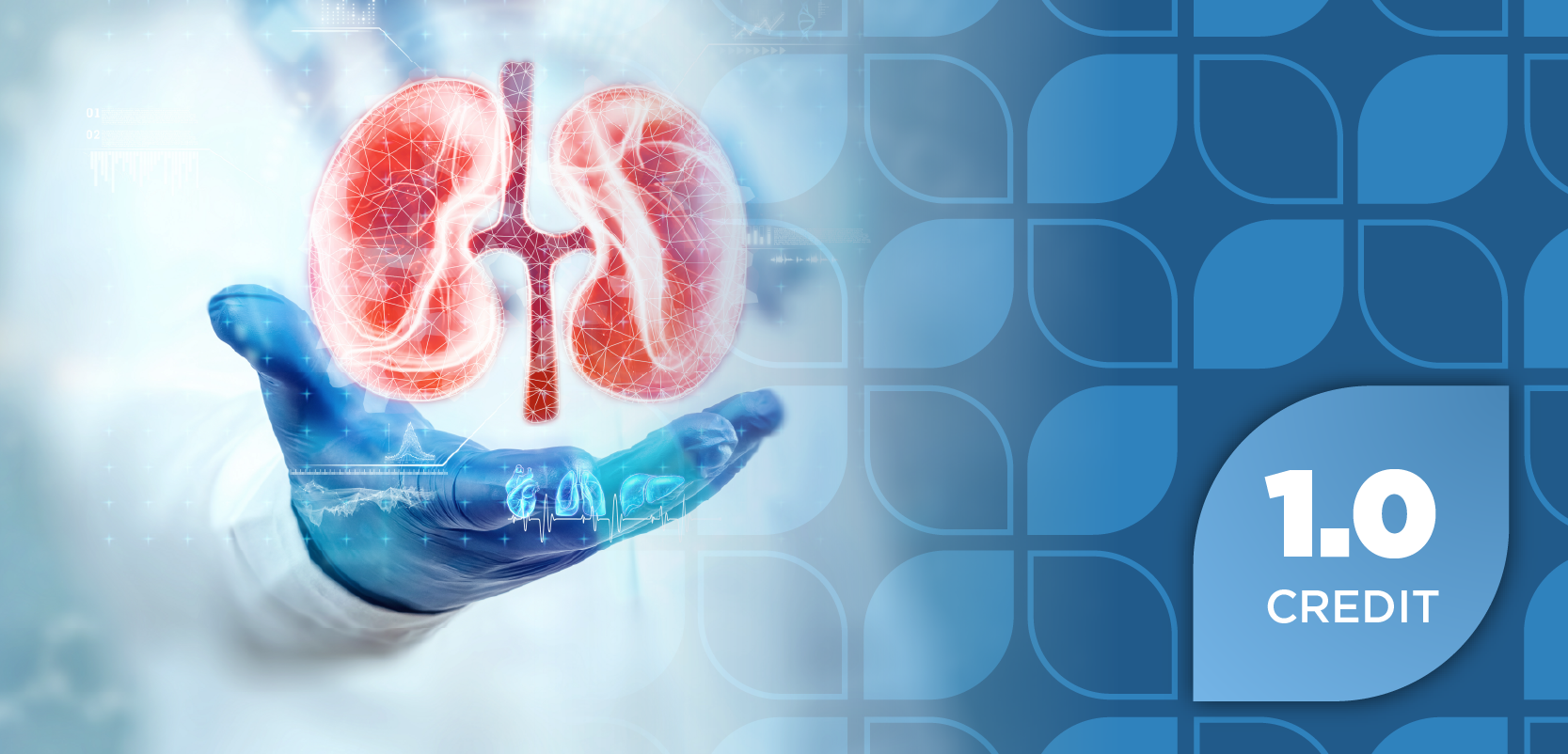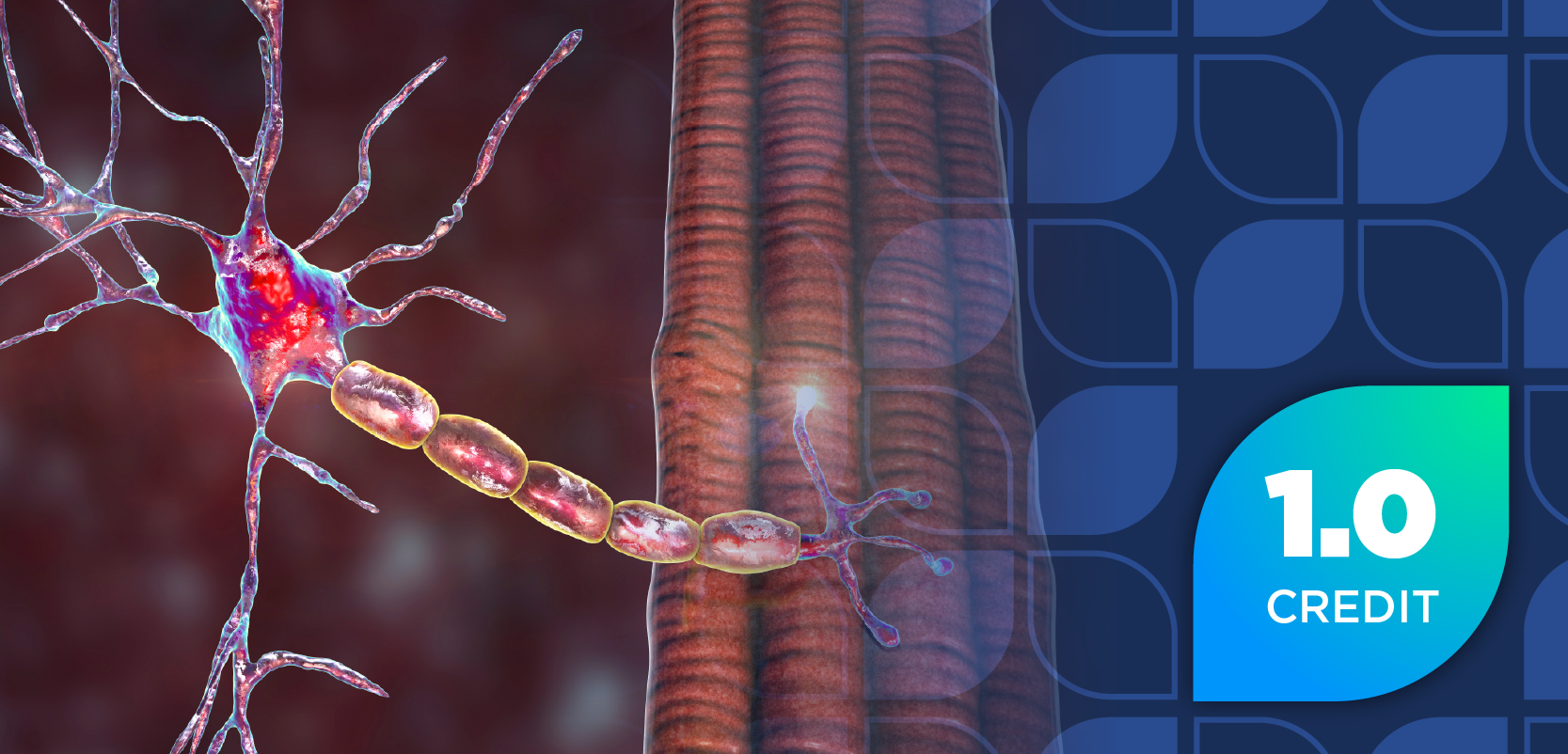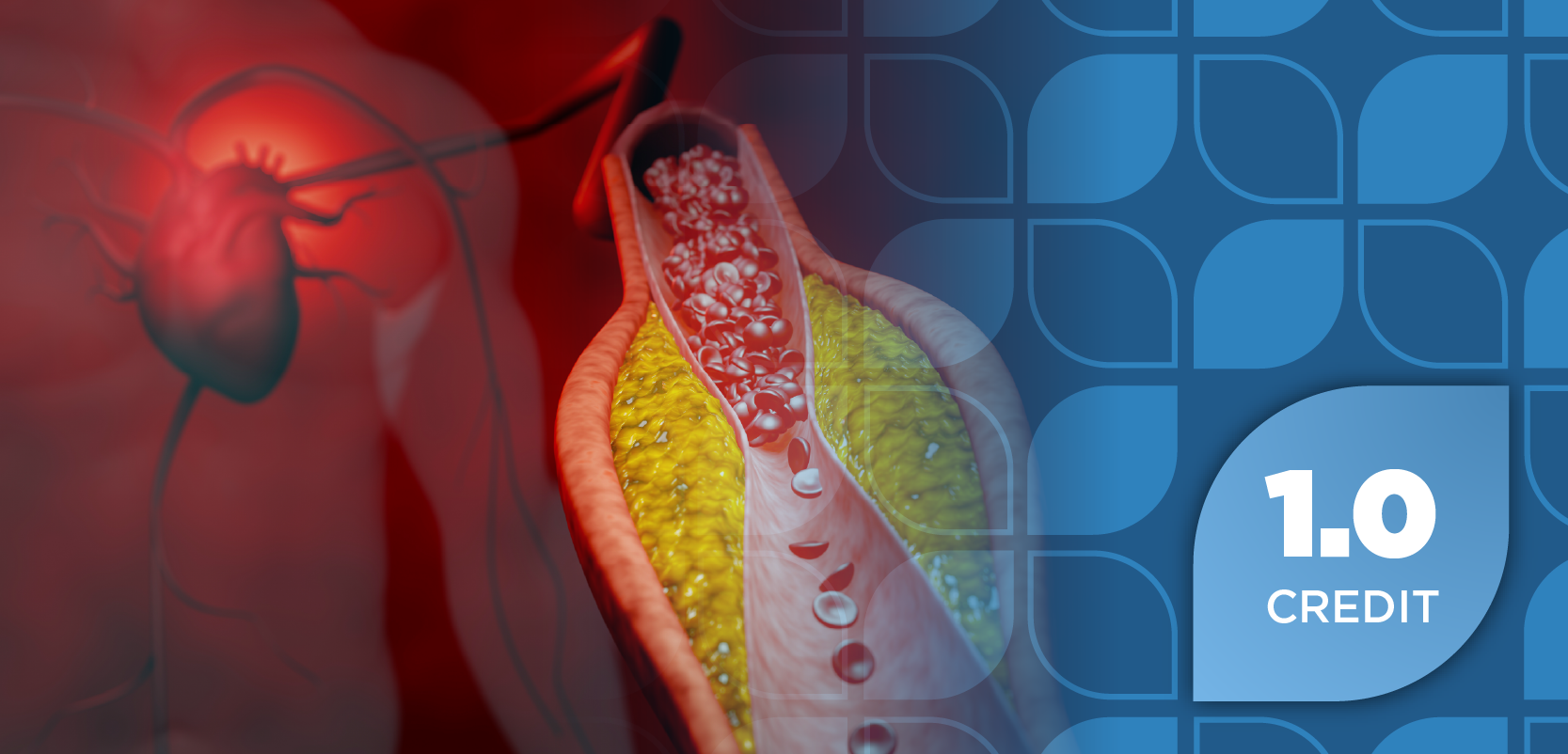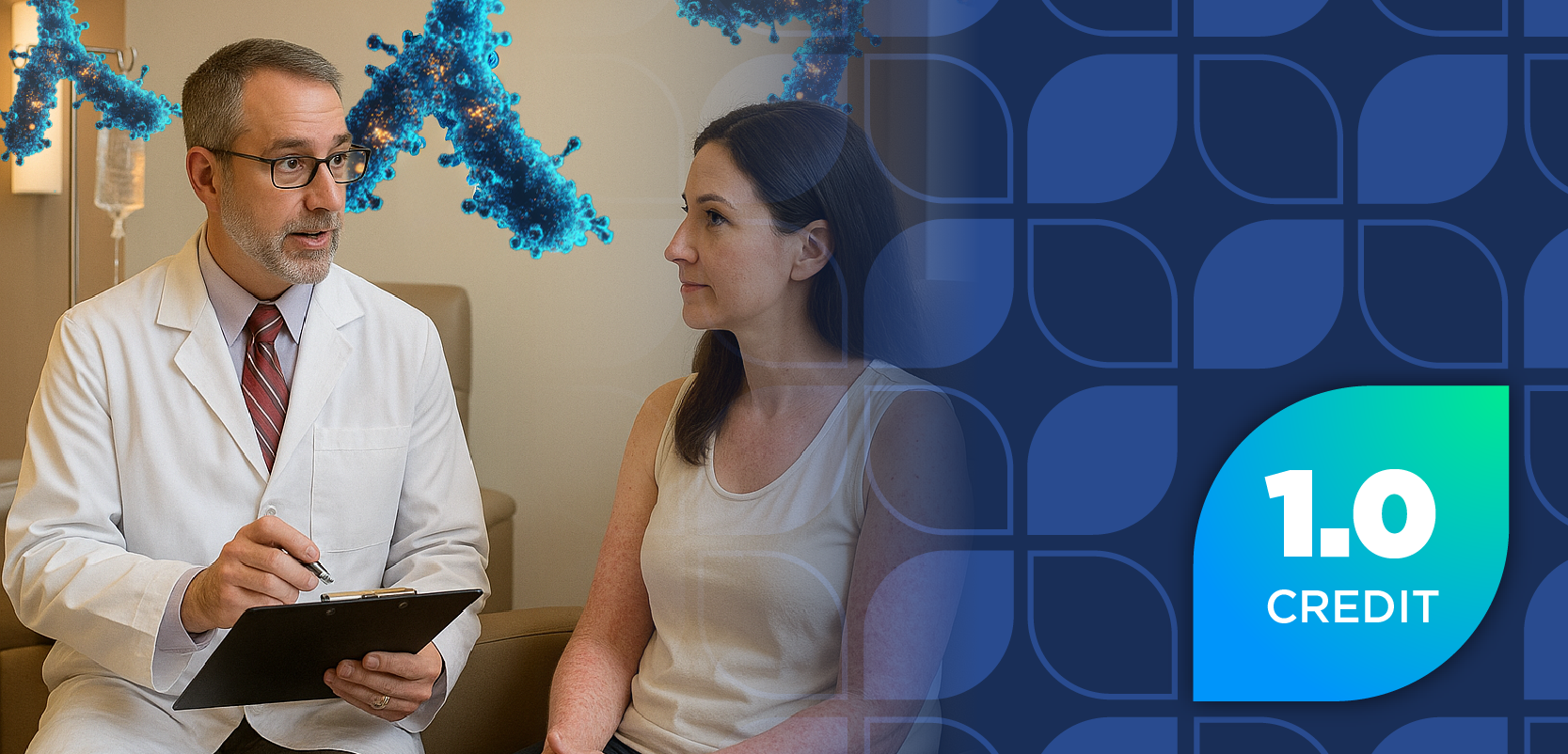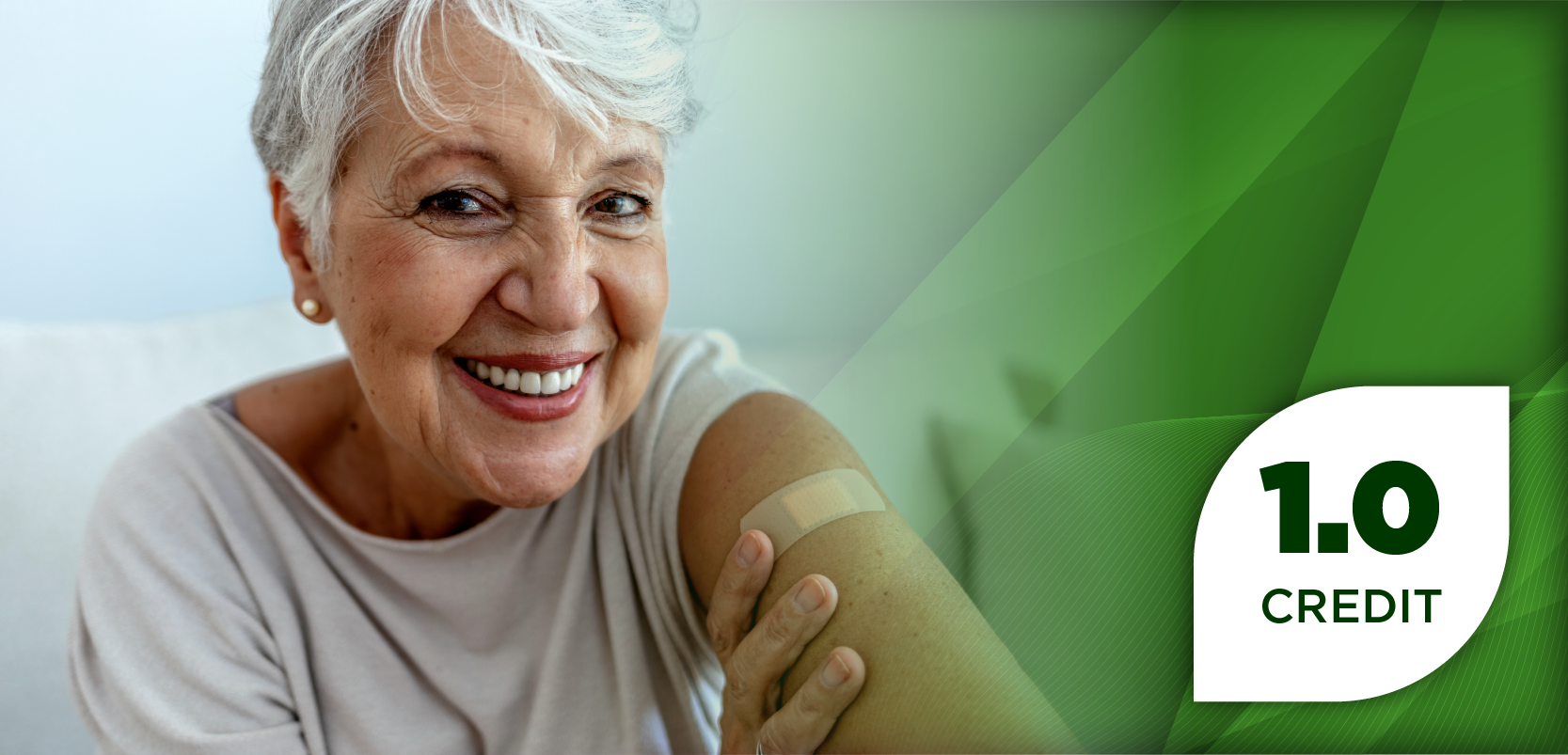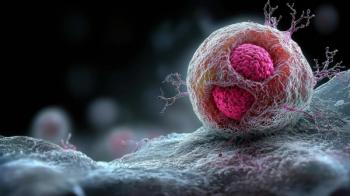
Clinical Overview: Treatment Options for Acne
Acne is one of the most common conditions, with about 50 million Americans dealing with acne annually.
Many individuals suffer from skin conditions, particularly affecting the face. Such conditions can create a lot of physical and psychological stress, especially if visible on the skin of the face. Some of these conditions may include acne, spider veins, hyperpigmentation, melasma, milia, rosacea, sebaceous hyperplasia, seborrheic dermatitis, and vitiligo.¹
According to the American Academy of Dermatology, 84.5 million Americans (1 in 4) were impacted by some sort of skin condition in 2016. These conditions overall can cost the US health care system $75 billion dollars, including preventative care, prescription use, and non-prescription therapies. About 1 in 3 Americans with skin conditions have been seen by a dermatologist.²
Acne is one of the most common conditions, with about 50 million Americans dealing with acne annually.³ Some of the most common medication treatment options may include retinoids and retinoid-like drugs, such as tretinoin, adapalene, and tazarotene. Other medications may include antibiotics such as clindamycin with benzoyl peroxide or erythromycin with benzoyl peroxide. Azelaic acid and salicylic acid are other naturally occurring products that have antibacterial properties and are available in both OTC and prescription formulations. Dapsone 5% gel is another option recommended for inflammatory acne.⁴ Other options for acne include oral antibiotics such as tetracycline antibiotics or macrolides.
There are a few oral contraceptives also approved by the FDA for treating acne, including drospirenone (Yaz; Bayer). Anti-androgen medications such as aldactone may be considered for women if other oral antibiotics were ineffective. Lastly, isotretinoin (Claravis; Teva), a derivative of Vitamin A, can be prescribed for moderate-to-severe acne, especially for those not responding to other treatment options.⁴
Treatment oils may include tea tree oil and rosehip oil. Gels containing at least 5% tea tree oil may be as effective as lotions containing 5% benzoyl peroxide, although the tea tree oil might work more slowly.⁴ Rosehip oil is another option that many individuals use for a better healthy skin. This oil has a long history as a beauty product and contains vitamins, antioxidants, and fatty acids that can help hydrate the skin. It can also help reduce visible signs of aging and improve scars. Unlike rose oil, which is extracted from rose petals, rosehip oil is pressed from the fruit and seeds of the rose plant. Key benefits of rosehip oil include improving hydration, exfoliating and brightening the skin, helping with collagen formation, reducing inflammation, protecting against sun damage, reducing hyperpigmentation, and boosting immunity.⁵
Patients dealing with acne may also benefit from non-medicinal treatment options, such as dermabrasion, microdermabrasion, laser resurfacing, dermal fillers, botulinum toxin injections, and chemical peels. Some of these options may be available as options in addition to medications, natural products, and oils, either before, during, or after the treatment. Patients should be encouraged to speak with their dermatologist and primary care provider to determine the most appropriate treatment plan for them.
References
1. Skin Conditions on the Face. Water’s Edge Dermatology. Accessed November 14, 2023.
2. Burden of Skin Disease. American Academy of Dermatology. Accessed November 14, 2023.
3. Skin Conditions By the Numbers. American Academy of Dermatology. Accessed November 14, 2023.
4. Acne Treatment. Mayo Clinic. October 8, 2022. Accessed November 14, 2023.
5. Jay K. 9 Benefits of Using Rosehip Oil on Your Face. Healthline. Updated May 5, 2023. Accessed November 14, 2023.
Newsletter
Stay informed on drug updates, treatment guidelines, and pharmacy practice trends—subscribe to Pharmacy Times for weekly clinical insights.







































